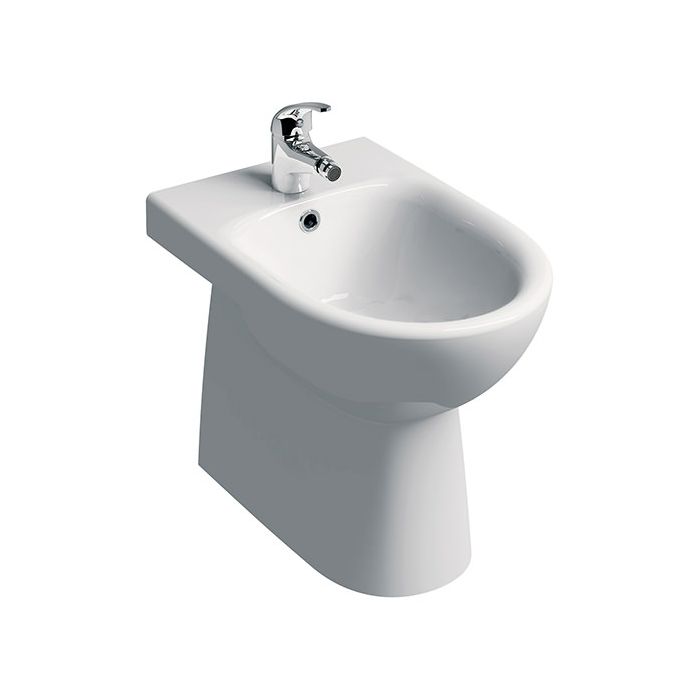We are having a dormer extension built with the builders starting on site in the next couple of weeks.
One of the rooms in the dormer will be a new bathroom to replace the tiny one we have currently and my wife is trying to plan where everything can go.
We want an electric bidet toilet and I'm trying to understand where we can have this put so that it complies with all the regulations, the toilet can only go in a couple of spots if we are going to have a separate shower (a requirement from my wife).
The bidets are all IPX4 which I think means they can go in zone 2. There's no where I could put the toilet and not have a bit of it in zone 2 so it's a non-starter without that.
The tricky bit is the electric connection. In mainland Europe as well as Asia they seem to install these with a special type of socket on the wall behind the loo, which we can't do.
Can the cable be run to a flex plate under the toilet? Is there another way of connecting this up?
One of the rooms in the dormer will be a new bathroom to replace the tiny one we have currently and my wife is trying to plan where everything can go.
We want an electric bidet toilet and I'm trying to understand where we can have this put so that it complies with all the regulations, the toilet can only go in a couple of spots if we are going to have a separate shower (a requirement from my wife).
The bidets are all IPX4 which I think means they can go in zone 2. There's no where I could put the toilet and not have a bit of it in zone 2 so it's a non-starter without that.
The tricky bit is the electric connection. In mainland Europe as well as Asia they seem to install these with a special type of socket on the wall behind the loo, which we can't do.
Can the cable be run to a flex plate under the toilet? Is there another way of connecting this up?


